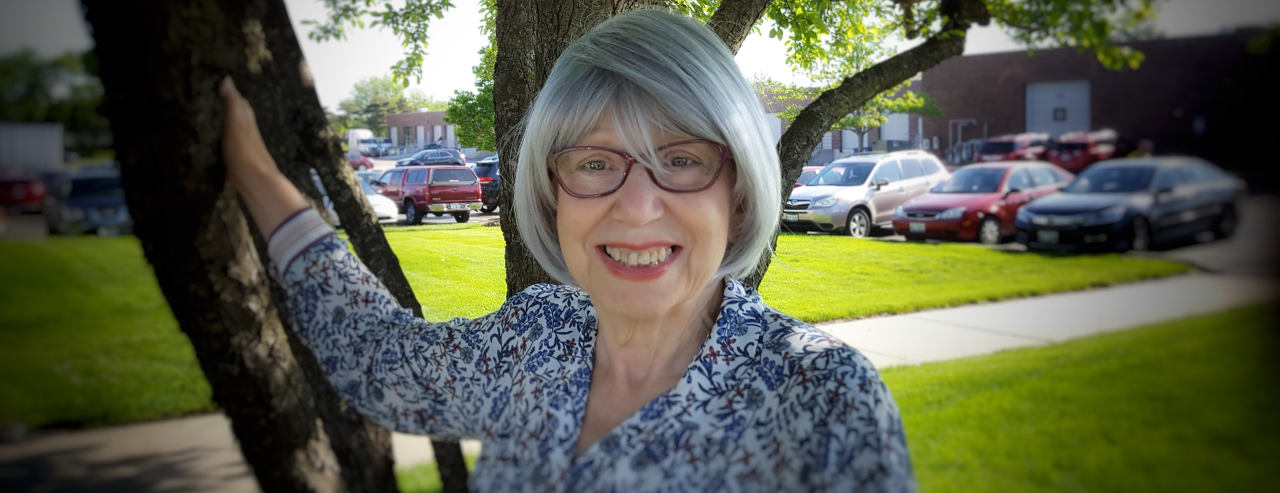
Our News
Guest Post: Finding Hope in a Potential New Class of Medicines
June 19, 2018
Amyloidosis first entered my husband’s life and my life in the mid-1990s, when we began to care for my uncle who had amyloidosis, a time I call the “dark ages of amyloidosis.” Back then, treatment options were limited, support resources were scarce, and survival appeared iffy.
Following my uncle’s death in late 2003, I decided, along with another woman I met through an amyloidosis listserv, that it was time to get together with others impacted by amyloidosis, and we formed the first Amyloidosis Support Group Meeting in 2004. Many of our early support meetings turned into something more like grief sessions, but slowly, as new investigational treatments appeared on the horizon, these face-to-face meetings became our way of sharing the latest information with patients and their caregivers and an opportunity to educate, empower and give them a sense of hope.
For patients with hereditary ATTR (hATTR) amyloidosis specifically, it has been a longer road. hATTR amyloidosis is a rare, genetic condition that can affect multiple parts of the body, including the nerves, heart and digestive systems. While treatment options expanded for AL amyloidosis (the kind my uncle had), hATTR amyloidosis remained poorly understood and poorly supported.
Patients with genetic diseases like hATTR amyloidosis suffer not only with the disease, but with the knowledge that they may have passed it on to their children. Children at risk for inheriting genetic diseases often avoid testing. Perhaps they have lost a parent, sibling, or other relative and don’t want to find out that they might face the same struggles, especially if no treatment options are available.
When we hosted our first dedicated hATTR amyloidosis support group in 2009, there weren’t many clinical trials on the horizon. But in a few years’ time, the winds of hope picked up when clinical trials for Alnylam’s investigational hATTR amyloidosis medicine began as well as those from other companies. These were huge moments for our community. More recently, we have had even bigger moments when the positive results of these clinical trials were announced. One could feel the optimism in the room (and in our Facebook groups as well). When one is facing this terrible disease, and there’s not much hope – or if it exists, it’s a distant gleam on the horizon – it’s a grueling thing with which to live. Only through the bravery of the patients who participated in these clinical trials, could we realize that research on a potential new class of medicines could lead to tangible treatment options. Those patients, family members and physicians who participated in the trials are the heroes.
As new treatment options become available for patients with hATTR amyloidosis, I feel they have the potential to remove a lot of the fear of being diagnosed and ease the burden of living with this devastating disease. This will ease the loved ones and caregivers as well as the patients. Just as importantly, it may help alleviate the fear and guilt many patients may feel about passing the condition on to their children. The availability of treatments, and the hope they represent, may also inspire more people to get tested, leading more doctors to take a closer look at hATTR amyloidosis.
It’s my sincerest wish that, one day, we will see hATTR amyloidosis as nothing more than a treatable nuisance, and with potential new medicines on the horizon, I believe we are one step closer to that dream.
Tags
Patient Focus, Articles, New Class of Medicines, Heroes , hATTR amyloidosis, Patient Advocacy, Guest Post





